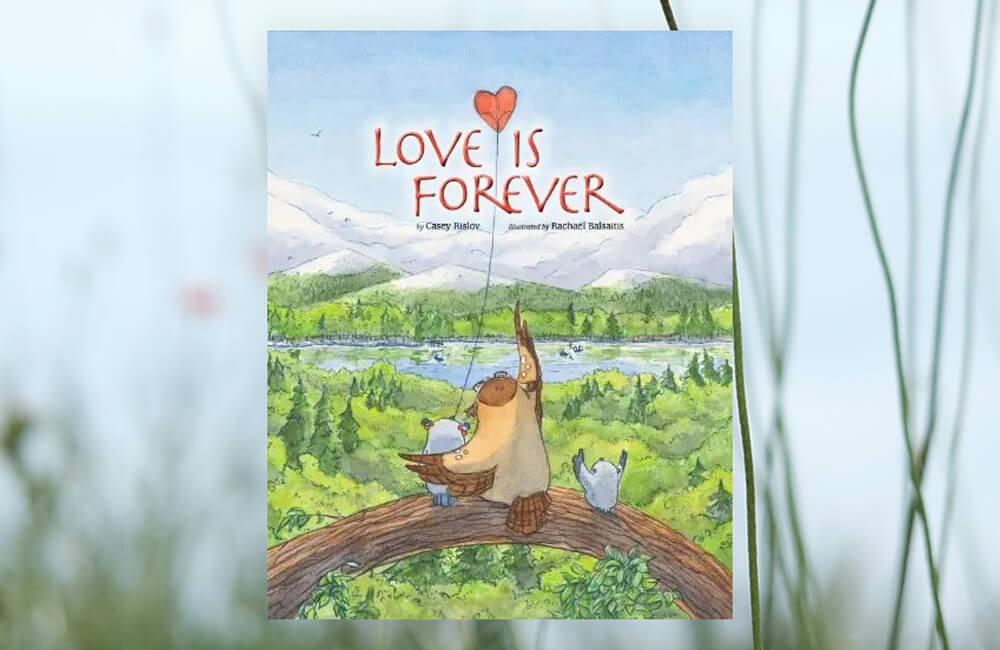Many young children are faced with the reality of losing a loved one to an illness or old age, and helping kids cope with an expected loss can make a significant difference in acceptance and healthy adaptation.
Adults tend to shy away from sharing facts and information regarding loss with young children, given adults’ understandable anxiety about overwhelming and frightening children. Fortunately, children are resilient, and since young imaginations can be even more scary than facts, it is often healthier to share simple essentials of death and dying with children.
Parents may also struggle to find the ‘right words’ and explanations for an illness and impending death, which makes it difficult to share, process, and explore children’s feelings and questions about the loss. In such moments, children’s books on loss, bereavement, illness, and dying can be very helpful in facilitating and guiding developmentally appropriate conversations and coping with death and grief.
In working with young children who are in the process of losing a loved one to a terminal illness or aging, such as a parent, sibling, or grandparent, I have struggled in finding a children’s book that addresses the imminent death and grief in a proactive way prior to the loss. Most books appropriately and effectively focus on post-death emotions and explanations, but do not necessarily provide a dialogue for the child and the ill family member in the ‘here and now’ process of the upcoming bereavement.
However, one exceptional book, Love is Forever, by Casey Rislov, is a wonderful children’s picture book that tackles the complex topic of dying and bereavement in loving and hopeful ways for young children (3-8 years old). This book is unique in that it cognitively and emotionally prepares the young child for the pending death, and also facilitates the dying family member in having a loving conversation with the child about their current and future relationship.
In this simple and tender story, a grandparent shares with his grandchild how his spirit, love, care, and all encompassing presence for the child will always live on, beyond the absence of his physical body and words. The story emphasizes the permanence of love and their loving relationship, during and after his lifetime. The message is that the bond, the memories, the attachment and the love between them is all-powerful and will continue to live on. Hence, the child is provided with a sense of hope and connectedness, in the midst of understanding the impending loss and grief.
The main character in the story is a grandparent owl, and the technique of displacement (it is happening to them and not to me) via animal personas, allows the therapist or family member to insert appropriate interpretations and parallels to the child’s real life situation. The beautiful illustrations and animal characters also provide ample room for the child to distance him/herself from the direct situation and pain, so that he/she can process thoughts, feelings, and questions in emotionally safer ways.
As the story and message unfolds, it only hints at death, so it is not intimidating or overwhelming for younger children. The story also does not focus on any particular illness or health issues, leaving it open-ended and sufficiently vague to allow for specific attributions based on the family’s unique situation. Love is Forever allows for conversations, processing, and understanding using simple words and beautiful images that young children can easily relate to.
Some may use this book post-death, but I have utilized Love is Forever several weeks and months prior to the loss with young children. In using this book with the parent/grandparent/sibling and the child together in the room, one can gently and safely approach and discuss death, loss, grief, memories, attachment, and permanence in effective and therapeutic ways. Having the adult read Love is Forever to the child well before their death and allowing the child to have a dialogue about their relationship and ‘forever connectedness’ makes it very powerful and healing for the child.
Helpful guidelines for talking to children about death are provided at the end of the book, along with a list of resources, including books, journals, and websites. A few process-oriented questions are also presented, such as, “How do you feel about the person dying?” and “How would you like to remember the person?”, which can be modified and utilized as a starting point for a dialogue between the child and dying family member.
Love is Forever is an ideal book for younger children and families facing an impending death of a close family member or loved one. It can be utilized proactively with children during the process of the illness, hence preparing them for the death, while cementing the ‘loving and forever’ attachment between the child and the significant other. A wonderful resource that therapists, teachers, and families can use to provide hope and understanding in young children facing the complicated and painful life-changing event of death and bereavement of a loved one.
